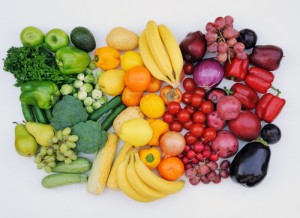Green House Building – How To Survive Without Oil
What does a ‘Green’ house building entail? It encompasses cost effective and eco-friendly use of resources to build houses, institutions, markets, malls, and other similar structures.
There are various methods used for building ‘Green’ houses. Use of architectural designs, which maximize the availability of natural sunlight and wind, help reduce consumption of electricity and polluting air conditioners. It also includes use of energy saving devices such as solar heaters and photovoltaic panels. Conservation, an important facet of ‘green’ design is helped by using locally available natural materials. Other methods include building houses only as spacious as is really required. Installation of smaller cisterns for flushing toilets, recycled water for gardening and rain water harvesting are important principles in building ‘green’ houses.
Building ‘green’ houses have many rewards attached. In the opinion of some experts, well-planned ‘green’ houses consume upto 30% less energy than those that are not built with this idea in mind. Greater use of natural air and sunlight make ‘green’ building healthier, increasing human efficiency and yes, mean lesser visits to the doctor!
There is a general misconception that ‘green’ house building is significantly costlier than building normal houses. That is just not true. Studies have shown that a well conceived ‘green’ house project might cost in the range of 0.5 % to 6.5 % over a normal building in the initial costing. However, over the long term, those costs get recovered.
A sustainable ‘green’ house model involves incorporation of ‘green’ features in the design stage leading to reduction of costs. Sustainability of a ‘green’ concept is also increased by establishing a common area for selected facilities or sharing of resources including a common swimming pool or a rain water conservation unit in the neighborhood.
The concept of a ‘green’ house building is not likely to be a passing fad. In fact more and more people will be opting to live in ‘green’ buildings in the future. Giving encouragement to this initiative will be our contribution towards securing a sustainable future for mankind and our planet.
-
Avoid These 5 Foods At Night If You Want To Lose Weight
A late night snack is mo
-
Learn about dietary fats
Fat has earned a bad reputation. When people hear the word “f
-
Are You Interested In Exploring Herbal Weight Loss?
Many people struggle with weight loss and maintaining their figure, b
-
Truth About Abs: the Top Seller Fitness Regime
Burgers, pies, cakes, candy, ice-cream, cookies and fries may have
-
Tips on how to Be considered a Good Prospect for Smartlipo
If you’ve gotten been looking at a range of choices to assist yo
-
Meniscus tear, a painful knee injury influenced by BMI, obesity
A meniscus tear is a painful knee injury categorized by pain,
- DON'T MISS
- 5 Cruel Foods Part of Normal Diets
- FDA Confirms That THIS Cure is Worse than the Disease
- A Effective Weight Loss Diet Starts From the Inside
- Keeping Weight Loss Healthy
- Get Slender Thighs – How To Get Slim Legs Fast
- Lose weight for life, think thin
- How To Lose 20 Lbs In 14 Days
- Want To Get Fit? Just Work What You’ve Got!
- Tips For Finding Your Weight Loss Support
- The Main Rationalizations for Not Succeeding at Dropping Weight




